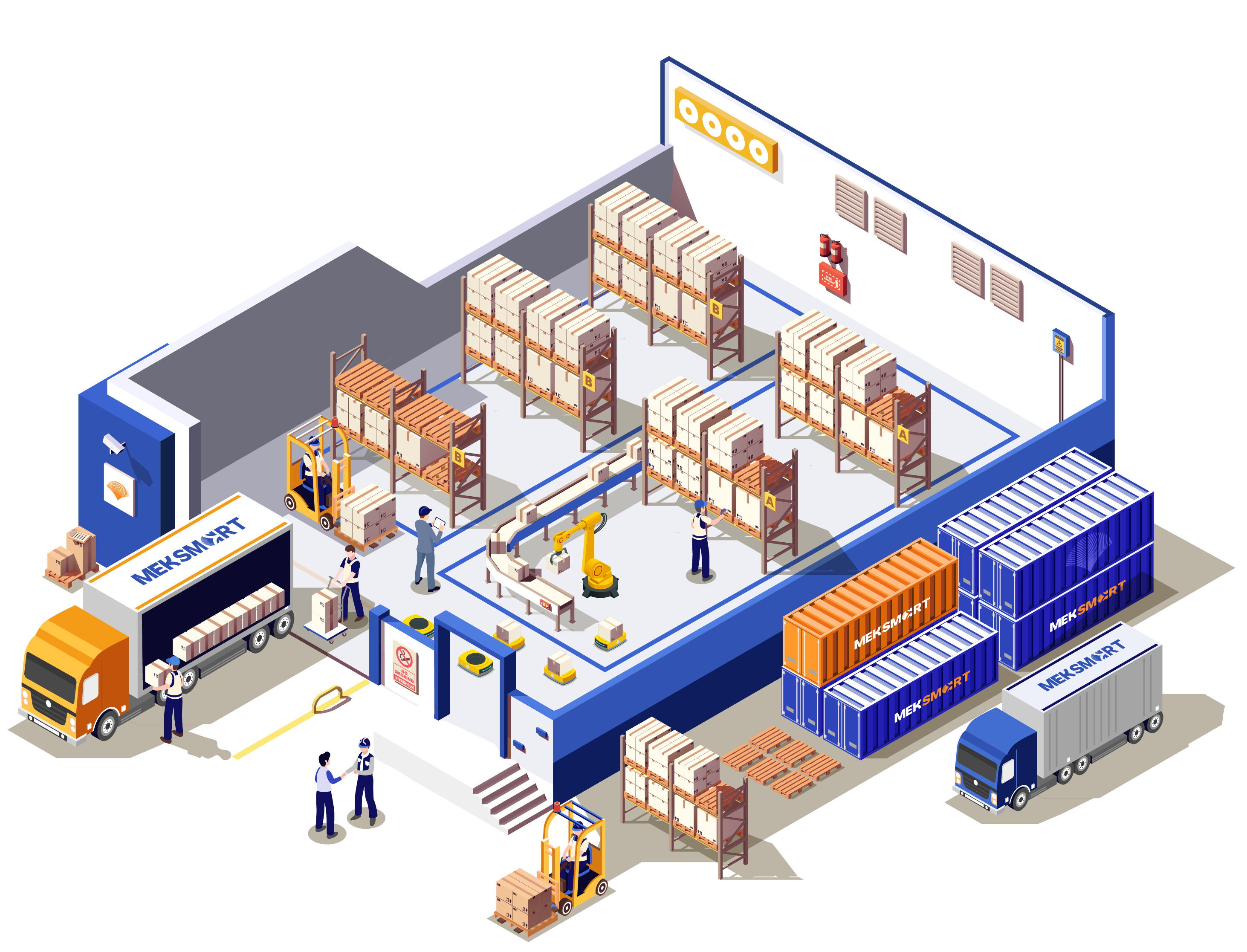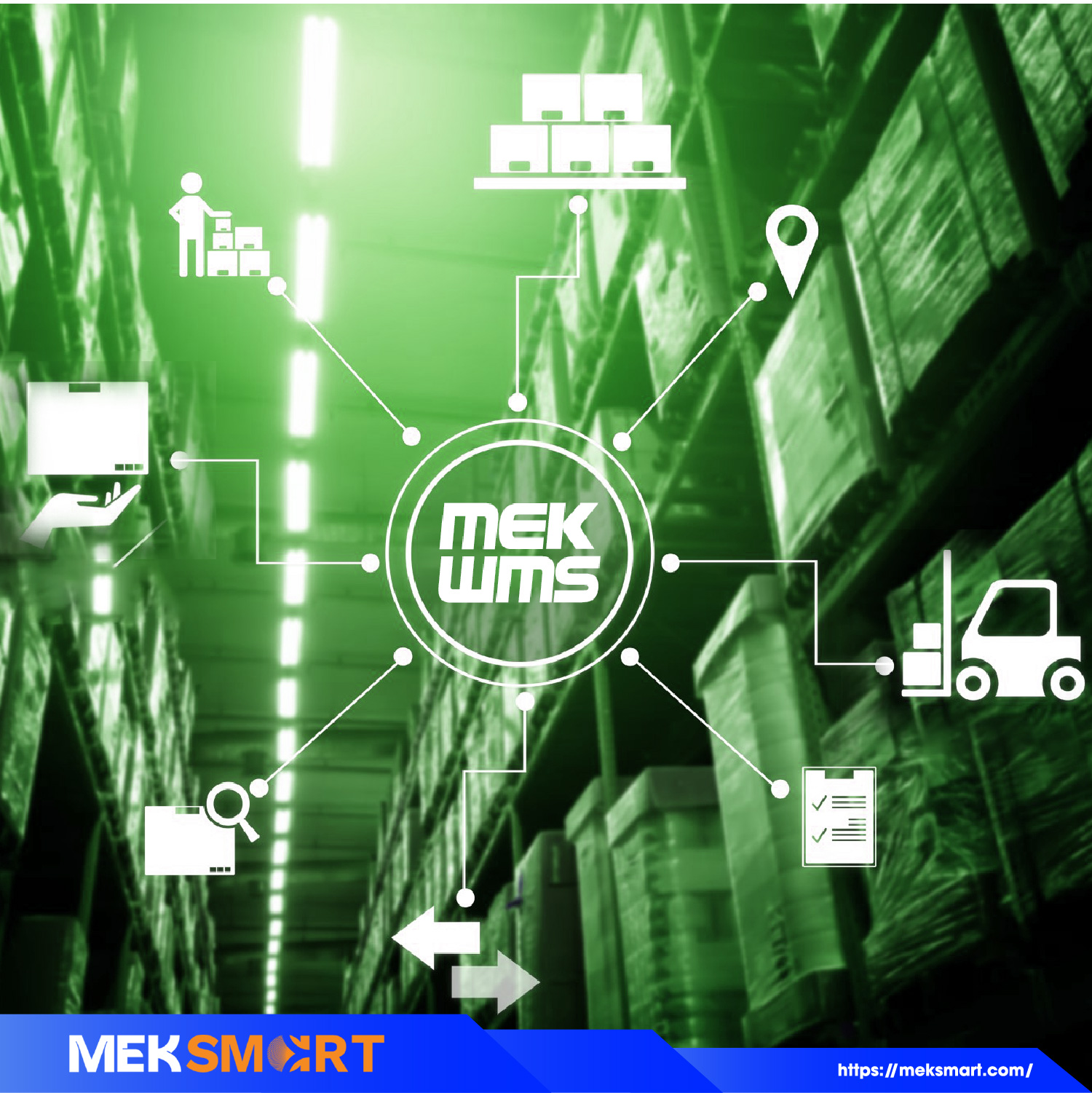MEKSMART
GENERAL NEWS
Author:
Update: 15/12/2022
7 WAYS TO REDUCES Emissions in LOGISTICS ACTIVITIES
Joining the circular economy, solving the last-mile delivery challenge, ... are solutions to reduce emissions in logistics activities, according to Forbes.
In fact, most of the emissions from the supply chain come from logistics. Logistics plays a vital role in all stages of the supply chain - transporting raw materials, organizing inventory to run production, and moving finished goods to distribution centers, retail stores, and distribution centers. retail or customer.
Compared to freight by air, sea, road transport generates large emissions. More than half of emissions in today's supply chain come from freight vehicle emissions.
With strong economic growth projected globally, particularly in Asia, Africa and Latin America, climate emissions need to be projected to double by 2050. Here are a few ways. reduce emissions in logistics activities according to research by Forbes.

1. Data collection
The collection of data from logistics activities helps to measure greenhouse gas levels and identify emission sources. From the collected data, businesses can share data with stakeholders and take specific actions in reducing emissions.
2. Connect with supply chain partners
The challenge of reducing CO2 shortage increases the need to exchange carbon data between companies. Transparency and strong collaboration make it easy for logistics companies in the supply chain to connect. Businesses that are successful in reducing emissions use a network of connections with multiple partners to collaborate and share data.
3. Improve management capacity
According to experts, maximizing the usability of delivery vehicles is key to increasing business efficiency and reducing emissions. It is necessary to optimize the carrying capacity of delivery vehicles, however, to do so requires businesses to improve their ability to plan routes. Logistics service providers face the challenge of using AI and machine learning technologies to create algorithms to optimize routes and reduce carbon emissions.
4. Solve the last mile delivery challenge
The need for small delivery volumes, small order volumes, and distributed delivery locations pose a challenge in ensuring efficient logistics operations and reducing emissions. Therefore, using insights from real-time data collection helps businesses enhance collaboration and expand networks to optimize routes and solve delivery challenges. last leg.
5. Product journey tracking
Customers and stakeholders both want to know about the product's journey. They demand quality, traceability, and sustainability in production. This forces businesses to maintain a sustainability track record with high transparency ensuring clear traceability and monitoring output from raw materials to finished products.
6. Develop a process to reduce emissions
Reducing carbon emissions is a long-term strategy not only for companies, and countries but also for the international community. Organizations recognize the need to use modernized cloud-based platforms for the supply chain management. Such platforms help supply chain operations to comply with emissions regulations and automatically change as emissions regulations adjust. Adaptive acumen is therefore key to reducing emissions in logistics operations.
7. Join the circular economy
According to experts, participating in the circular economy is about finding opportunities to reuse resources throughout the production process. Businesses can participate in the circular economy by recycling packaging. Returnable and reusable packaging materials enable businesses to significantly reduce waste. In addition, the return process can also optimize reuse and profitability by scientifically arranging the process of returning products from customers.
Sustainability can only be achieved when it is possible to increase business efficiency and reduce costs. According to experts, environmental sustainability is like corporate sustainability. Building transparency in the business will help the company better manage risk and establish customer trust.
Source: vnexpress.net













